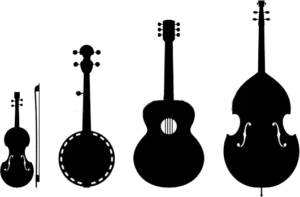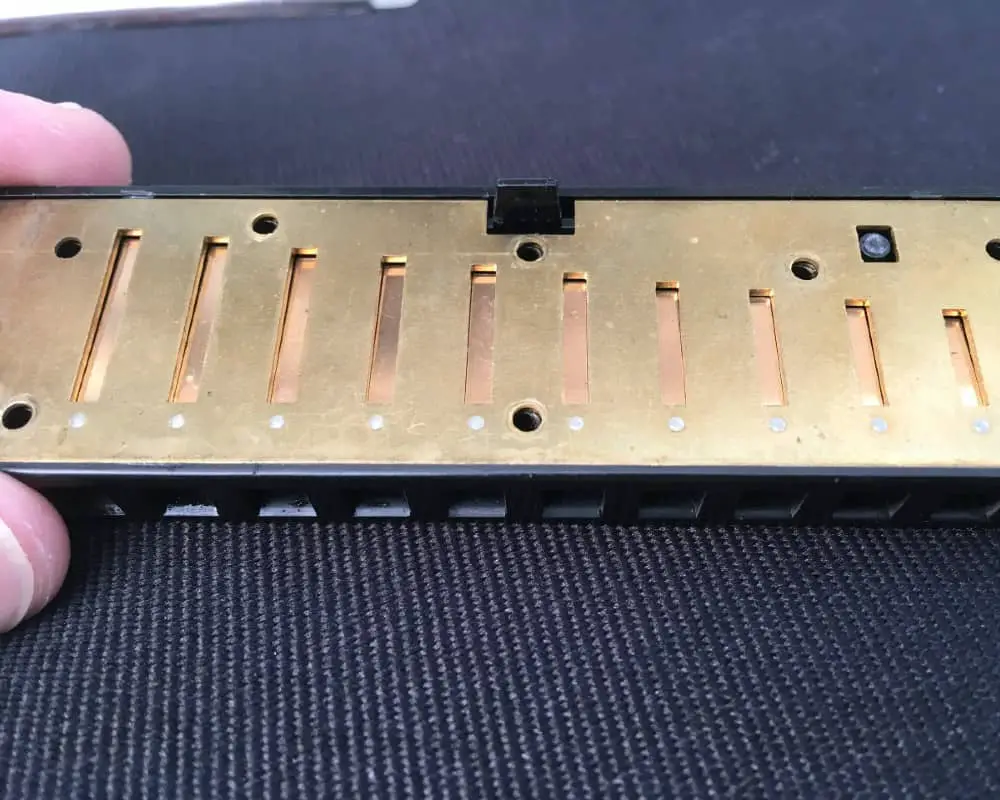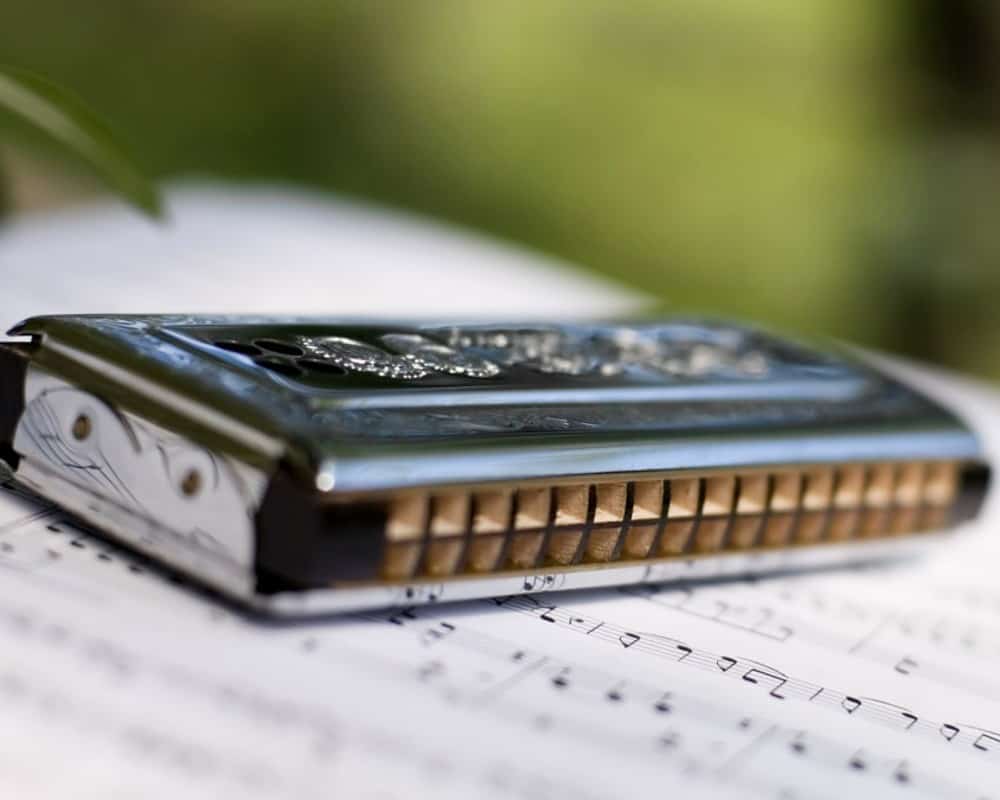Harmonicas are one of the most popular instruments in the world, but how do harmonicas work? The answer is actually pretty simple: A harmonica produces sound when the player blows air into it or draws air out of the instrument. This action vibrates the reeds inside the harmonica, which, in turn, produces sound waves that we can hear.
What Makes the Sound in a Harmonica?
- Harmonicas work by the air vibration coming through the reeds that are fixed at one end.
- The reeds are set into chambers that are sealed at the top and bottom.
- When you blow into the harmonica, the air pressure causes the reeds to vibrate.
- The pitch of the note depends on the length of the reed.
How does a harmonica work?
Harmonicas are simple instruments, but they can produce such beautiful music. Here’s how they work.
The basic principle behind a harmonica is resonance. This is when a vibrating object causes another object to start vibrating at the same frequency. When this happens, the two objects amplify each other’s sound.
In a harmonica, you have a row of metal reeds that are set up to vibrate at different frequencies. By blowing into the instrument, you cause these parts of a harmonica to vibrate and create sound. The pitch of the note depends on which reed is set off by your breath—the longer the reed, the lower the pitch.
By using your mouth and tongue to shape the airflow, you can play different notes on a harmonica. By moving from one hole to another, you can play different melodies. It’s all based on simple physics, but it produces such beautiful results!
Blowing, drawing, and bending
A harmonica is a reed instrument, which means that it produces sound when air vibrates through a reed. The reeds are located in the chambers of the instrument, and each chamber has multiple reeds. When you blow into the instrument, the harmonica reeds vibrate and produce sound.
The pitch of the note is determined by the length of the reed. The longer the reed, the lower the pitch. The shorter the reed, the higher the pitch. You can change the pitch of a note by lengthening or shortening the reed with your mouth. This is called bending.
Bending is essential to playing the harmonica. By changing the pitch of the note, you can create new melodies and add expression to your playing. To bend a note, you simply place your tongue over the reed and blow. The amount of how you bend the note depends on how far you push your tongue.
The harmonica is a very versatile instrument. There are many different techniques that you can use to create diverse sounds. Experiment and see what you can come up with!
Different types of harmonicas
Different types of harmonicas are used to create different sounds:
- The most common type of harmonica is the diatonic harmonica, which is used to play blues, rock, and country music. The diatonic harmonica has 10 holes and 20 reeds and is tuned to a major scale.
- Other types of harmonicas include the chromatic harmonica, which has 12 holes and 24 reeds and is tuned to a chromatic scale. This type of harmonica is often used in jazz and classical music.
- There are also tremolo harmonicas, which have two reeds per hole and create a vibrato effect.
Overbends, overdraws, and overblows
The harmonica is a unique and fascinating instrument. It is one of the few instruments that can produce a note in more than one way. The three most common ways to produce a note on a harmonica are overbends, overdraws, and overblows.
Overbends occur when you bend a note on the harmonica down below its natural pitch. This produces a softer, smoother sound that is often used for embellishing melodies or creating special effects.
Overdraws occur when you draw air through the harmonica from back to front instead of from front to back. This produces a harsher, brighter sound that is often used for soloing or for adding excitement to a piece of music.
Overblows occur when you blow air into the harmonica from the side instead of from the front. This produces a very high-pitched, piercing sound that can be used for special effects or for adding an eerie quality to a piece of music.
Each of these techniques has its unique character and can be used in different ways to create amusing sounds on the harmonica. Experiment with all three techniques and see which kinds of sounds you can create!

FAQ About the Working Principle of Harmonicas
Despite their popularity, there are still many people who don’t know how harmonicas work. Below, I’ll answer some of the most frequently asked questions about harmonicas so that you can better understand this wonderful instrument.
How do the notes on a harmonica work?
The notes on a harmonica are played by blowing air into it or drawing air out of the instrument. To produce a note, the player must first blow air into or draw air out of one of the harmonica holes in the mouthpiece. This action causes a reed or multiple reeds to vibrate inside the chamber.
Can harmonicas go out of tune?
Yes, harmonicas can go out of tune over time due to the changes in temperature and humidity. If you keep your harmonica inside a drawer for too long, eventually, it will succumb to the passage of time. However, they are generally very stable instruments and hold their tune well.
Can a harmonica play all keys?
No, a harmonica cannot play all keys. Each type of harmonica is designed to play a specific key or range of keys. For example, a C harmonica can only play in the key of C.

A Small Yet Complex Instrument
Now that you know how harmonicas work, you can appreciate the skill and artistry that goes along with playing one. The next time you hear a harmonica player, take a moment to listen to the music and appreciate the intricate sounds that are being created.
How good are you at bending notes? Have you mastered overbends and overdraws? Please tell us in the comments below.
Also Read:


